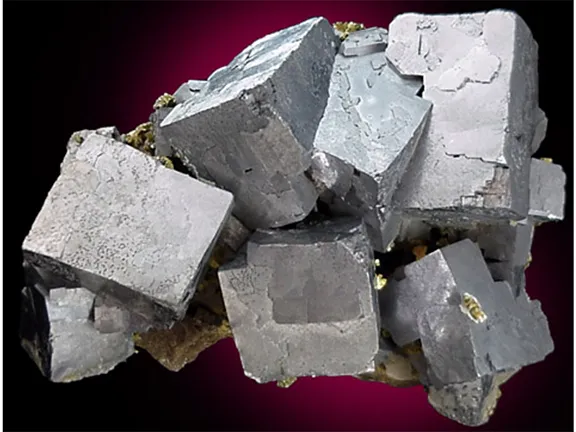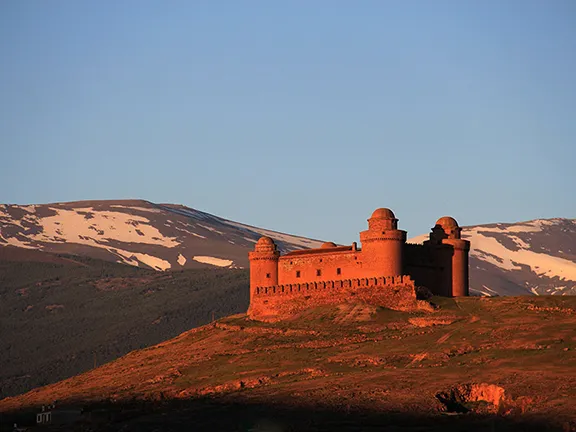The southern Iberian pyrite belt is the largest repository of massive sulfide deposits in the world. The deposits are all of volcanic origin, water at very high temperatures and pressures, pushing up through the earth’s crust dissolving metallic and non-metallic minerals and eventually condensing out in vertical fissures in the rock folds and spreading outwards, forcing its way horizontally between bands of rock. These processes started perhaps 1000 million years ago in the pre-Cambrian era and continued through to the Permian, about 250 million years ago. The uplifting that created the Sierra Morena to the north of the Rio Guadalquivir and the Cordillera Betica to the south took place between 250 million and 15 million years ago.
The most ancient mining works date back to the fourth and third millennium BC, in the southwest of Andalusia, extracting the copper and precious metals from Huelva, and in the southeast, working silver in Almeria.
The Argar, Tartessian, Phoenician, Greek and Carthaginian civilisations continued exploiting the mineral wealth of Andalucia, It was the Romans that turned mining in Andalucia into a truly commercial enterprise. The great mines of Linares and La Carolina, the silver galena mine at Centenillo and the mines of Rio Tinto producing gold and silver and copper from the Tharsis mines are all legacy of the Romans. But it was in the 19th and 20th centuries that ore extraction reached its peak.
Until the mid 19th century there were restrictions on foreign companies owning mining concessions in Spain. These were relaxed by the Spanish Mining Law in 1848/49. Stricter mining procedures gave equal rights to both Spanish and foreign mine operators. The new laws also gave foreigners some protection from reprisals, in case of war, or its causes. This was followed in 1849 by a reduction in Spanish tariffs for the importation of mining machinery, including steam engines
This window of opportunity only lasted until the 15th June 1921 when a Spanish Royal Decree stated that; in future, any mining company taking up a concession must be registered in Spain, the company's chairman and management must be Spanish, and any mining machinery must be manufactured in Spain.
During this brief period, Britain was at the forefront of mining investment in Andalucia. Within Spain at the end of the 19th century, there were over 600 registered British mining companies. 201 of them were in Andalucia. Cádiz is the only province in Andalucia with no mines.
 Mining in Córdoba Province, Andalucia the influence of British mining companies ... >>>
Mining in Córdoba Province, Andalucia the influence of British mining companies ... >>>
 The Alquife mining area in Granada province, Andalucia and the British companies that worked them ... >>>
The Alquife mining area in Granada province, Andalucia and the British companies that worked them ... >>>
 Mining in Huelva Province, Andalucia from the Copper Age to the 21st century including British mining companies in the 19th centu ... >>>
Mining in Huelva Province, Andalucia from the Copper Age to the 21st century including British mining companies in the 19th centu ... >>>
 Mining in Seville Province, Andalucia. Silver and coal with British mining companies ... >>>
Mining in Seville Province, Andalucia. Silver and coal with British mining companies ... >>>
 The discovery of silver in the Sierra Almagrera in Cuevas del Almanzora municipality, Almeria, Andalucia caused silver fever in t ... >>>
The discovery of silver in the Sierra Almagrera in Cuevas del Almanzora municipality, Almeria, Andalucia caused silver fever in t ... >>>